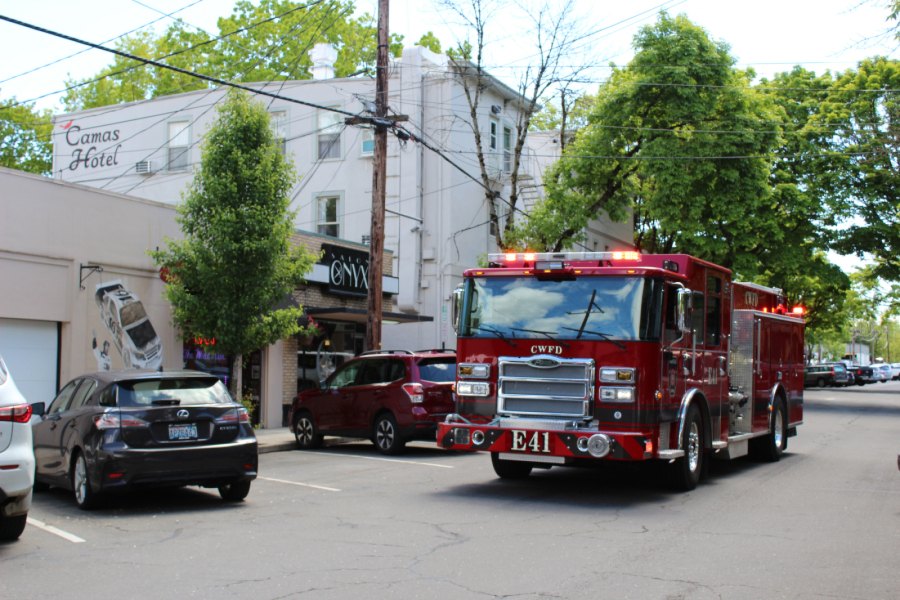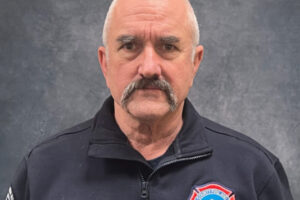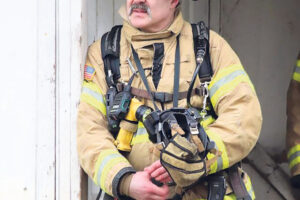Camas-Washougal area voters will help decide three fire-related issues during the Aug. 6 primary election.
The three measures on the Aug. 6 ballot include a levy lid lift for the East County Fire and Rescue District, which responds to fires and medical emergencies in the rural area north of Camas and Washougal, and two bonds to build new fire stations — a headquarters station in downtown Camas and a replacement station in Washougal — for the Camas Washougal Fire Department (CWFD).
Ballots for the Aug. 6 election were mailed to Clark County voters by July 19. To be counted, ballots must be postmarked by Aug. 6, or deposited into an official ballot drop box by 8 p.m. on Election Day, Tuesday, Aug. 6. The deadline to register or update an existing voter registration online is July 29. If registering or updating voter registration information in person at the county’s elections office, the deadline is Aug. 6. The county will certify the election Aug. 20.
Proposition No. 4: $26.3M bond to build a CWFD headquarters station in downtown Camas
Proposition 4 asks city of Camas voters to approve a 26-year, $26.3 million bond to replace the Camas-Washougal Fire Department’s headquarters station — Fire Station 41 — in downtown Camas with a new building that would be able to safety house emergency responders and their firefighting/EMS gear and vehicles and respond to emergencies in downtown Camas and its surrounding neighborhoods.
Camas-Washougal Fire Chief Cliff Free has said building the new headquarters station and replacing the CWFD’s failing Fire Station 41 in downtown Camas is one of his top priorities.




